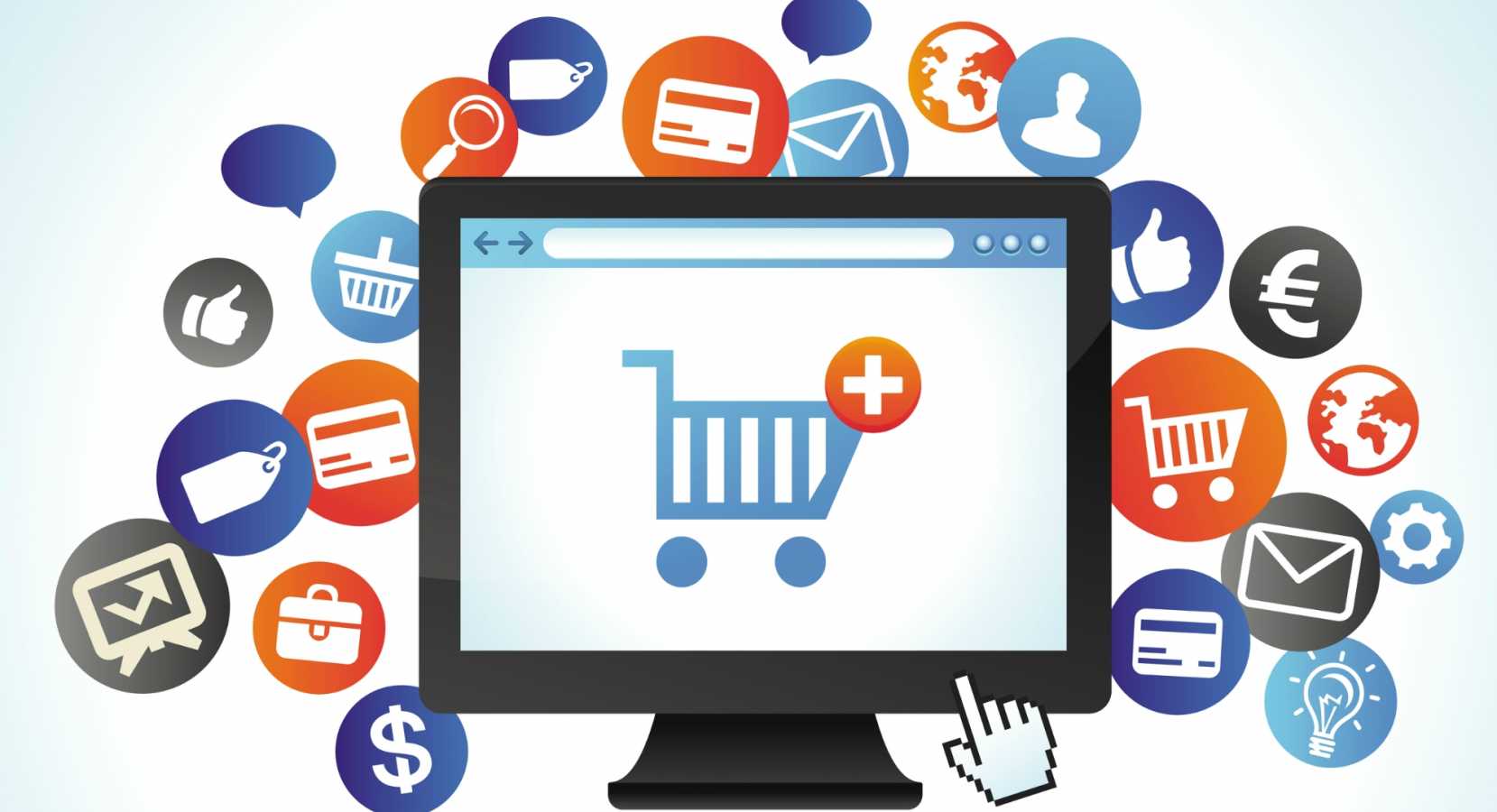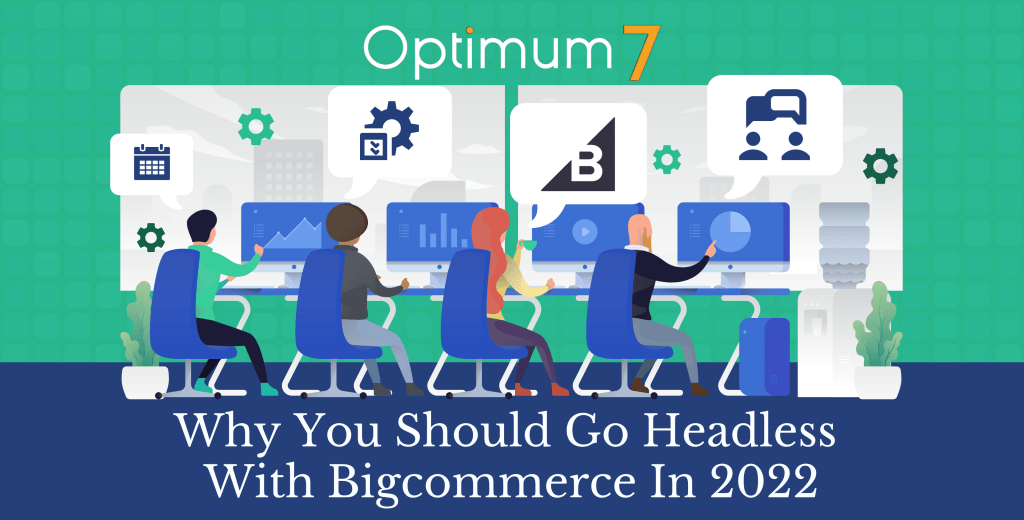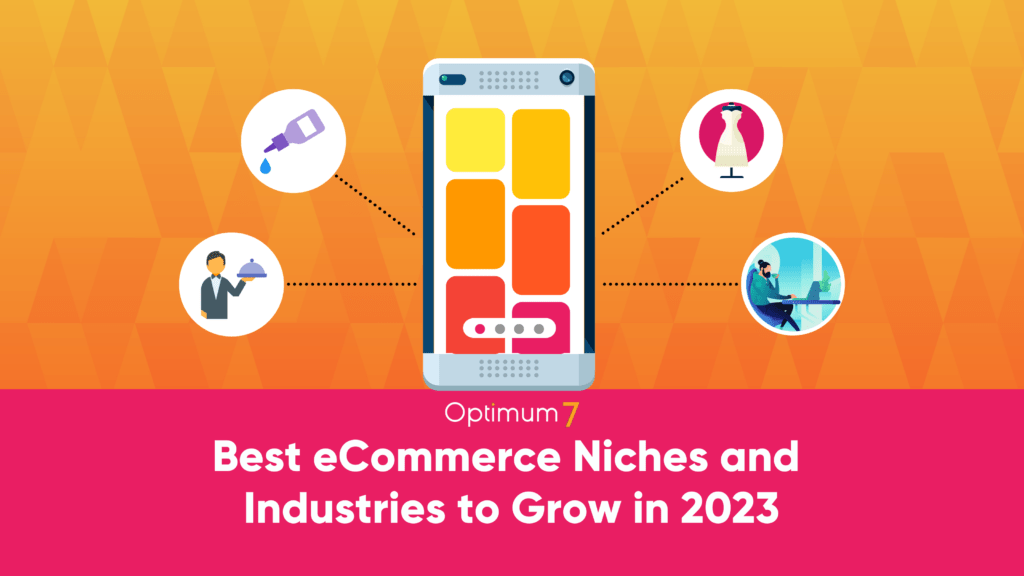I know you guys have read my previous article Top 7 Mistakes Made When Launching a New Website along with the Infograph which helped to provide the visual you needed. In this article, we will focus on eCommerce and the important factors to consider when making the critical transition between platforms.
Changing platforms is no easy decision. The work involved to make this transition requires you to have very solid reasons for making the switch.
Remember, changing platforms takes a lot of work and even the most minor of things that are overlooked can impact your entire webstore’s sales. For instance, if your merchant processor information isn’t configured correctly, your customer will get frustrated and leave your store. If you have new products to add but your configuration doesn’t have the proper permissions to edit your product line, then you’re out of luck. There are a number of things to remember when transferring your eCommerce platform. Here are some steps to remember:
Planning
Since planning is the most important step in transferring your eCommerce system, we’ll spend the bulk of our time here. Here are some things to consider while planning your transition:
1. Choose the RIGHT eCommerce Platform
There are some great eCommerce platforms out there. But with so many choices, which do you choose? Here are some questions you’ll need to consider so you can choose the right eCommerce platform for your business:
- How many products are you currently offering?
- How big will your product line grow within the next 5 years?
- Do your products have options and variations? How many?
- How much money are you willing to spend per month to keep your website up?
- What payment gateway are you currently using?
Your answer will help you choose which platform with suit your needs best. For more help, read about eCommerce Platform’s Top 5 eCommerce Platforms Reviewed: Shopify, Volusion, Bigcommerce, BigCartel and 3dcart.
Meanwhile, you can find the supported payment gateways for each eCommerce platform here:
- BigCommerce
- Volusion
- Shopify
- Big Cartel
- 3D Cart
2. Time
Great! Now you’ve chosen the platform that’ll best suit your needs. Remember, timing is important. Obviously, you don’t want to do this in the middle of your busy season. For example, if you’re a B2C company that depends on holidays for sales, don’t transfer your platform in early winter. You need to plan a time when you can really concentrate and take care of any issues that’ll inevitably arise during the transition.
You also want to set aside time to plan out your steps before you move forward, thoroughly checking your work as you prepare for the transfer and setting up time to do the dirty work.
Now that you have the planning stage out of the way, let’s walk through a few other things to consider:
Backup
Backup your entire store’s database just in case something goes wrong. You’ll always have that backup to fall back on so you can restore the site back to that previously saved version. Trust me, you don’t want to skip this step.
301 Redirects
Switching eCommerce platforms also means the structure of your entire site will be changing — and so will the URLs. You spent all that time reading up on how to drive traffic to your site and how to generate sales, and you finally have it. You don’t want to lose it all in one shot.
301 Redirects serve to maintain the integrity and the authority of the original URLs so that sites linking to specific pages will continue to work perfectly. And so search engines will keep up with your changes and maintain the standing that you have worked so hard to achieve in the first place.
Post Transfer
Now, even though your webstore has launched on a different platform, you still aren’t out of the woods just yet. Throughout the weeks after the transfer, be sure to test your pages. You want to make sure to keep an eye out for lower levels of traffic and 404s. Check your Google Analytics and Webmaster tools religiously for the next couple of weeks. The end goal is to help get more conversions, so track your sales and see how you can continue to improve. Monitor your traffic and analytics to be sure that your pages are getting the traffic you expect.
Remember, transferring from platform to platform is very difficult and can become extremely technical. This article didn’t cover all the technical aspects it would entail — or it would be nearly endless. These are only the basics. Need help? Contact the eCommerce experts at Optimum7!




